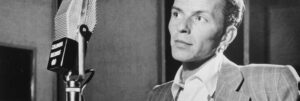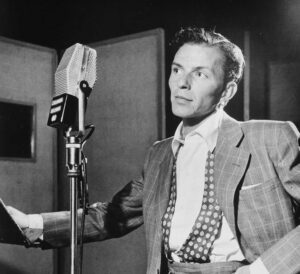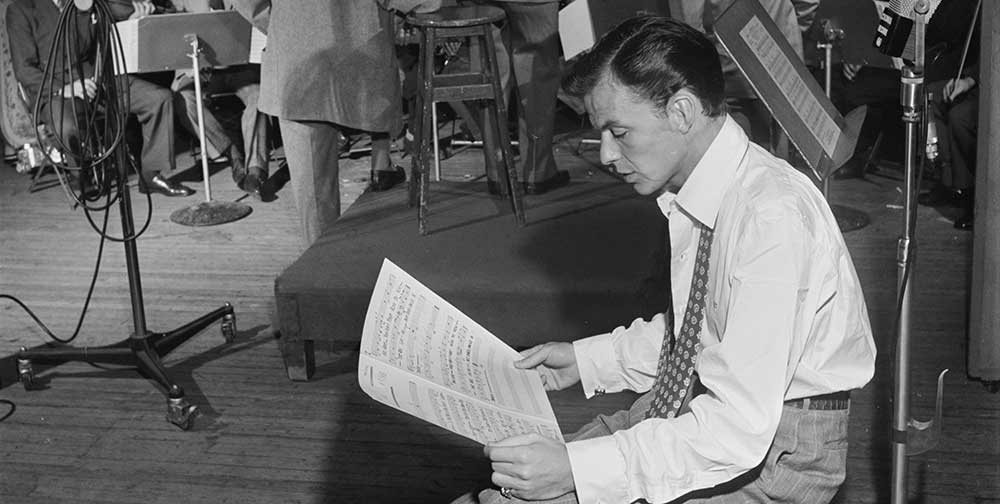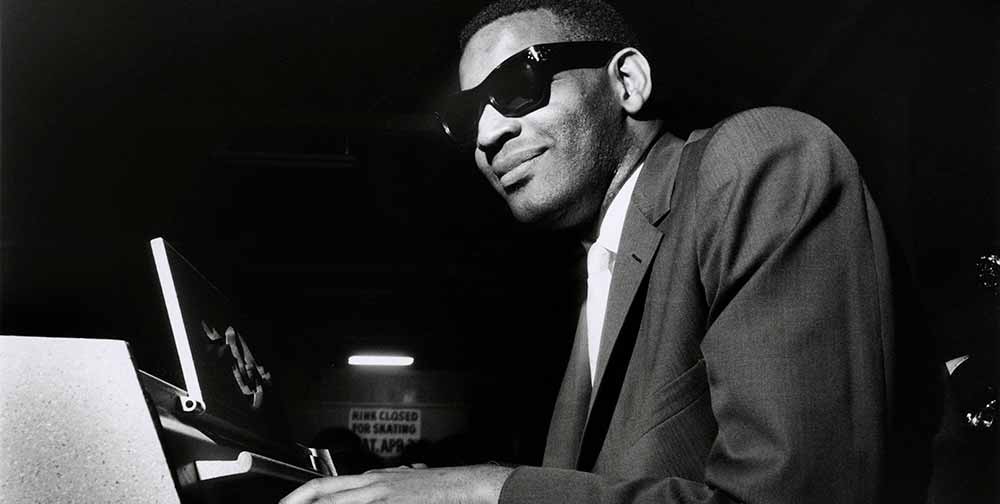Francis Albert Sinatra endured a tough early 1950s. There was the split from his first wife Nancy and subsequent short, turbulent marriage to Ava Gardner. There were poor record sales leading to his parting from Columbia Records by mutual consent. His TV show failed. And then – drama of dramas – his golden voice started to fail him.
But he didn’t let disappointment win for long. He doubled down on his love of jazz – particularly singer Billie Holiday – and sought solace from his friend Jimmy Van Heusen, hip scenester and songwriter for the stars. Signing to Capitol Records in 1953, he was teamed up with arranger Nelson Riddle, the young star who had already worked fruitfully with Tommy Dorsey, Mel Tormé and Nat “King” Cole.
Produced by Capitol A&R man Voyle Gilmore across five sessions between March 1954 and March 1955, “In The Wee Small Hours” became the album against which all Sinatra’s future work would be measured. His third for Capitol, it was a concept record about loneliness and unrequited love, signposting Sinatra’s artistic growth and a more mature, unhurried, nuanced singing style – helped, of course, by the advent of high-fidelity microphones.
He and Riddle used a core rhythm section on every track: Phil Stephens on bass, Alvin Stoller on drums, George Van Eps on guitar, Paul Smith on celesta and Bill Miller on piano. According to the latter, Sinatra told the rhythm section: “I want some of the tunes to sound unrehearsed”, and several pieces indeed feature authentic jazz comping and empathetic, minimalistic accompaniment.
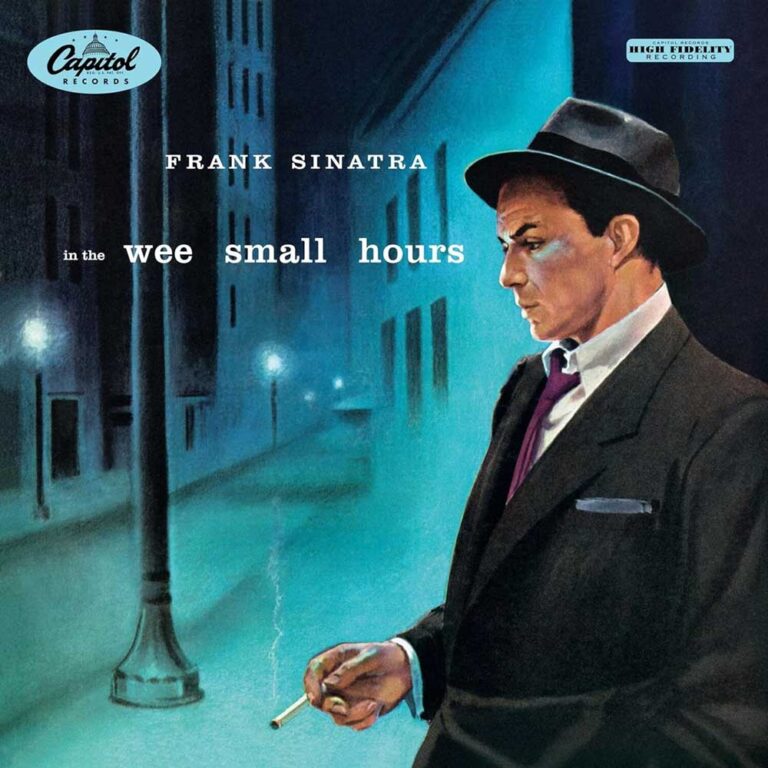
FRANK SINATRA In The Wee Small Hours
Available to purchase from our US store.Sinatra’s famous version of the Duke Ellington/Irving Mills/Barney Bigard classic “Mood Indigo” featured his jazziest vocal performance yet, and Harry “Sweets” Edison’s brief trumpet solo even quoted Thelonious Monk’s “Evonce” (heard at 3:10). “Glad To Be Unhappy”, “Dancing On The Ceiling”, “I’ll Be Around” and “Can’t We Be Friends?” almost became features for Van Eps’ jazz guitar. Jazz also informs “Ill Wind”, with its opening augmented chords and Skeets Herfurt’s Benny Carter-like alto sax, while “Last Night When We Were Young” begins deep in noir territory with enigmatic harp and strings.
Riddle also imbued each song with its own sonic signature, many citing the influence of Duke Ellington. He never crowds Sinatra’s vocals. The title track and “I’ll Never Be The Same” emphasise this perfectly, with celesta, flutes and high-register strings providing most of the accompaniment.
And those wanting to hear the sheer majesty of Sinatra’s voice need not look further than “Deep In A Dream” and “Can’t We Be Friends?”, both strikingly emotional, expressive performances. Meanwhile some reports state that Sinatra and Riddle needed 21 takes to nail Cole Porter’s “What Is This Thing Called Love?”, featuring the singer’s famous low E, right at the bottom of his range (he repeats the trick on “Last Night When We Were Young”).
Released on 25 April 1955, “In The Wee Small Hours” was graced with Alex Steinweiss’s famous, influential cover illustration. The album was met with immediate critical and commercial success, reaching #2 on the Billboard charts. It cemented the Sinatra/Riddle partnership and its influence has echoed down the years, detectable in everything from Diana Krall’s “The Look Of Love” to Marvin Gaye’s “Vulnerable”.
By 1956, Sinatra was the toast of jazz musicians throughout the US. In a survey conducted by Leonard Feather for his “Encyclopaedia Yearbook Of Jazz”, nearly half of the 120 participants – including Duke Ellington, Stan Getz, Bud Powell and Miles Davis – voted him their all-time favourite vocalist.

FRANK SINATRA In The Wee Small Hours
Available to purchase from our US store.Matt Phillips is a London-based writer and musician whose work has appeared in Jazzwise, Classic Pop, Record Collector and The Oldie. He’s the author of “John McLaughlin: From Miles & Mahavishnu to the 4th Dimension” and “Level 42: Every Album, Every Song”.
Header image: Frank Sinatra, Liederkrantz Hall, New York, N.Y., ca. 1947. Photo: William P. Gottlieb / Library of Congress.
